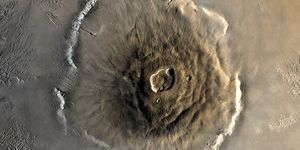Measuring Blood Pressure with a Camera
High blood pressure is, unfortunately, an increasingly common health condition. In the U.S alone, almost half of all adults have hypertension, or a blood pressure reading above 130/80 mmHg. Globally, that number is over one billion people with high blood pressure. Unfortunately, high blood pressure can lead to a number of worrisome complications, such as heart failure and stroke. That’s why it’s important to diagnosis and treat the condition early.
Though hypertension is a fairly easy condition to diagnose, doing so can be cumbersome and uncomfortable. Who doesn’t dread the uncomfortable pinch of a blood pressure cuff? As a result, there is a need for less invasive, easy ways to detect and help manage high blood pressure. These approaches could also make it possible to continue measuring important health vital signs in the context of pandemics or to help reduce the spread of contagions between patients and health care providers.
A team of researchers at the University of South Australia have designed a new way to take blood pressure readings with a simple camera. Their work is published in a recent article in Inventions.
The camera technology is designed capture images of a person’s forehead, focused specifically on capturing photoplethysmographic signals, which are then analyzed by a machine learning tool and algorithms to produce blood pressure information. Photoplethysmography refers to the process of using optical tools to collect blood pressure information by looking at microvascular tissues. This information can be deduced in about 10 seconds.
Researchers tested their technology on a handful of volunteers, taking into account people with different skin tones and different lighting conditions to provide the camera with a range of contexts. When comparing the camera-deduced readings to conventional blood pressure ranges, the camera approach was accurate about 90% of the time.
The research team involved with developing this blood pressure technology has also been responsible for developing optic tools for a range of other purposes, including measuring heart rate, breathing rate, and more.
Sources: Medgadget; Inventions








